2019-How much of the technology that we use today is the same as back in World War Two? It’s a struggle to think of many, isn’t it? The way we travel, work and spend our free time have all changed dramatically. It might then surprise you that in many EU countries, people are still warned of emergencies in the same way as back in the 1940s.
But 2019 marks a year of change. December’s new legislation means that this year, public authorities will start taking public warning more seriously and here at the European Emergency Number Association, we’ll be following the progress all the way…
In emergencies, saving time is crucial. Public authorities are usually among the first to hear about a crisis, be it a terrorist attack or a natural disaster. If they can quickly communicate the danger to those in the same area, vulnerable people have time to reach safety. We live in a highly connected world, where your smartphone can control your heating and a talking robot can order your milk. Despite this, many EU countries are still relying on old-school sirens to warn people of threats.
This raises many questions (and concerns). How can a siren tell people the type of danger? How can a siren advise panicked people on how to stay safe? Will a siren reach everyone in danger? And is there really not a more modern way to warn people? At EENA, we’ve been asking these questions for many years and we’ve been insisting that this situation needs to change.
Thankfully, EU decision-makers also started to ask themselves these questions. The world of public safety transformed last month, when new EU legislation came into force that will change the way emergencies are handled. Thanks to the European Electronic Communications Code (EECC), authorities in all EU countries will have to jump into the modern day and use public warning technology better suited to 21st century life to alert their citizens.
What will this technology look like? Like most aspects of public safety, there is no one-size-fits-all. In our research, we found that the best solutions come from a blend of methods. And this year, we’ve already started to work closely with several EU Member States as part of our new project: Preparing the Implementation of Public Warning in Europe. We’ll continue sharing our expertise to find the most effective solutions for each country’s specific needs, as well as discussing available options at the EENA Conference this April. Nevertheless, in the EECC, EU decision-makers clearly highlighted one method as a crucial element in this multi-channel blend: Reverse 112.
When authorities become aware of an emergency, one of the most effective ways to alert people is to use telephone networks to send a message to their phones, using cell broadcast or SMS. That’s where the name ‘Reverse 112’ comes from. The message is targeted, only reaching those in the affected area, providing clear, timely instructions. At the end of 2017, 85% of the European population were subscribed to mobiles services. So, it makes perfect sense that within 2 years, all EU Member States will have to use telephone networks for public warning. If your phone can tell you whether it will rain, how far the nearest bus stop is and how many steps you’ve taken, surely it should also tell you if there is a danger nearby?
The EU’s landmark decision to make modern public warning mandatory marks a shift of focus from reactive to preventative attitudes when it comes to managing ongoing emergencies. If a city is destroyed by an earthquake, we would not re-build the city in the same way. Instead, we would analyse how the structures can be adapted to stop the buildings collapsing again. It’s the same logic with public warning. Some countries may already use public warning apps, but can we really expect everyone to download an app? Others may use social media, but how many will check these accounts regularly or what’s more, during a crisis? It’s clear (and has been clear for a long time) that these methods are not successful by themselves.
Chile serves as an excellent example. After the devastating earthquake in February 2010, authorities recognised the urgent need to strengthen the country’s public warning system. Originally created to help warn of tsunamis, the Emergency Alert System – Chile’s Reverse 112 – is now used for a wide range of other emergencies, including forest fires and volcanic activities. In a country where it is often difficult or impossible to predict risks, Reverse 112 is literally lifesaving.
From previous disasters, we must learn and adapt. The tragic Paris attacks in 2015: 130 people lost their lives. No modern public warning system. The Westminster Bridge attack in 2017: 6 people were killed. No modern public warning system. The Attica wildfires in 2018 in Greece: 100 people confirmed dead. No modern public warning system. Let 2019 be the year that we learn. The year when the right information is given to the right people, at the right time.
By Rose Michael, Knowledge Officer, EENA.
Public Warning document
European calls in the upcoming EU legislation (briefing on the EECC)
Public Warning in Chile case study
Warning Europeans of attacks: all talk, no action?
How many attacks until Europe acts on public warnings?
